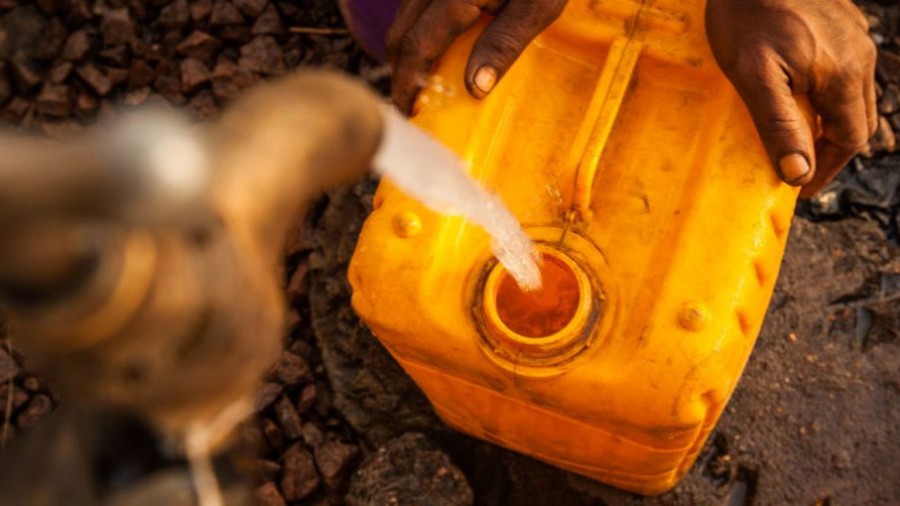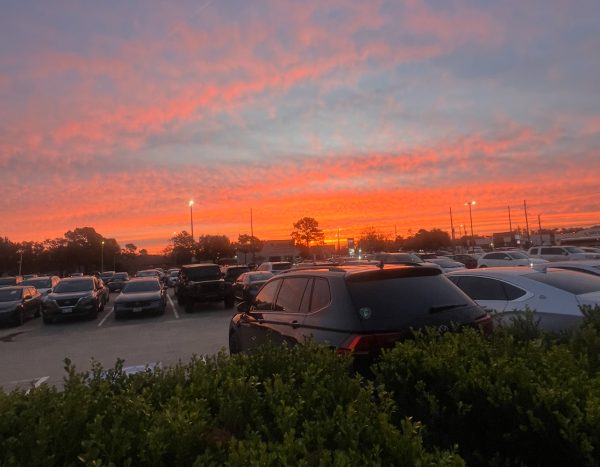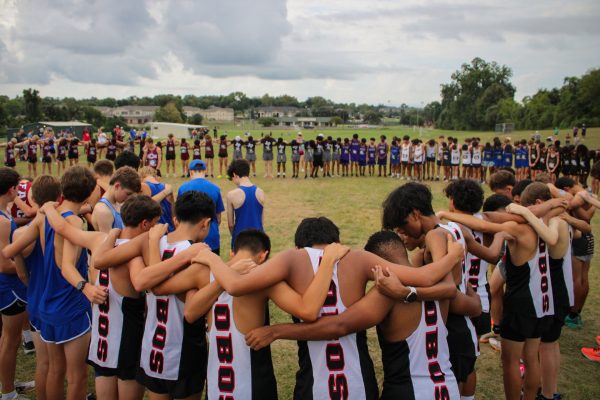One Drop Can Make a Difference
Each year as the world’s population increases, we lose more and more available water sources, while the demand for water increases; freshwater sources are being depleted at alarming rates. As many as 783 million people around the world do not have access to clean water for hydration, hygiene, and sanitation. Around 315,000 children under the age of 5 die every day from diarrheal diseases caused by dirty water and poor sanitation. Most developing countries undergo the worst of the problem. In Africa half of the population suffers from 1 of the 6 major water-related diseases. But many developing nations such as Spain and Australia also have problems due to pollution, overuse and mismanagement.
This crisis is ruining the lives of many young children, men, and women all around the world and we as more fortunate Americans, should be more aware of the problems other people, who are less fortunate, have to face.
“Governments around the world have not done enough to ensure safe water reaches the poorest and most marginalized people in society,” Water Aid said. “In many countries around the world, taps, wells, and pipes simply don’t exist. Even where they do, they are often not affordable for most people and are not designed to last.”
Water conservation programs around the U.S. work in the world’s less fortunate countries helping communities set up and manage practical and sustainable water sanitation and hygiene projects. Many also campaign locally and internationally to change policy and practice, to ensure water and sanitation is recognized as a vital role in reducing poverty.
“Everything we do is about getting safe water to everyone, everywhere by 2030. We work with communities to set up projects based on their needs,” Water Aid said. “We also invest in our local partners to ensure long term success. When children’s health improves they are able to attend school. When women are freed from the burden of collecting water every day, they can provide an income and families are able to take the first step out of poverty.”
New technology and hands on training to local men and women provide an opportunity for the members of the community to come together and accomplish something great.
“Water 4 teaches local citizens how to manually drill water wells, install hand pumps, repair existing pumps, and rehabilitate non-functioning wells. Water 4 equips the drill teams they train with the tools they need to start their own drilling business,” Water 4 said.
We as people of a fortunate country should also think about new ways we could help out other people in need.
“We use technologies that are designed to help reduce the amount of water we consume for normal everyday tasks, as well as smarter equipment used in agricultural and other industries that monitor water use in order to limit misuse and apply best water management practices,” Texas A&M Agriculture Extension, Christian Malsatzki said. “The less water that is conserved now means the less water that is available for future use; whether that is next year or ten years from now.”
The best thing that everyone can do, even those that donate, is to make sure that we are using best water management practices every day, not just for a week every now and then, or just on Earth Day, but for the rest of our lives.
My name is Kiana Murray, I'm a sophomore here at Langham Creek. This is my first year being a student journalist and I look forward to writing articles...











